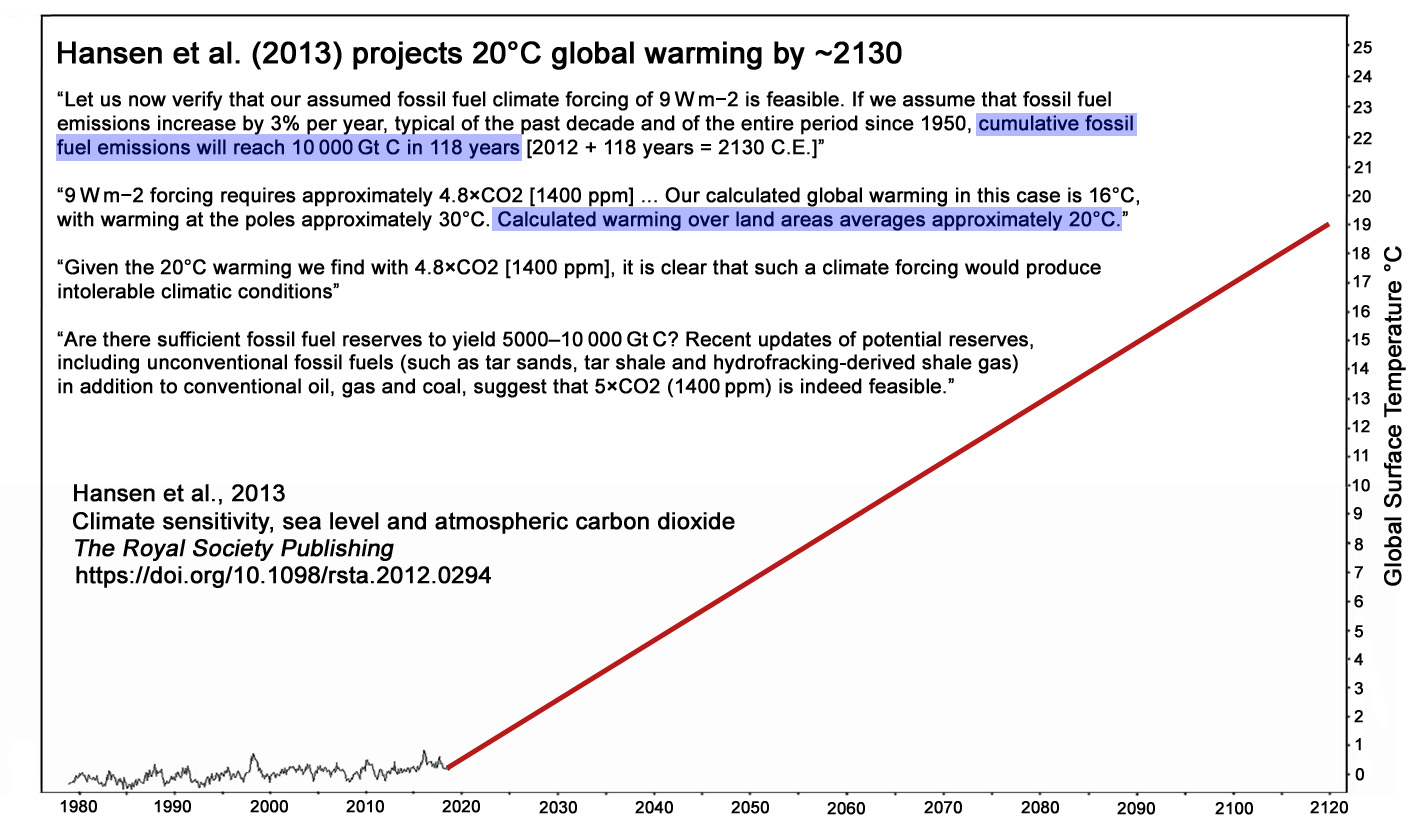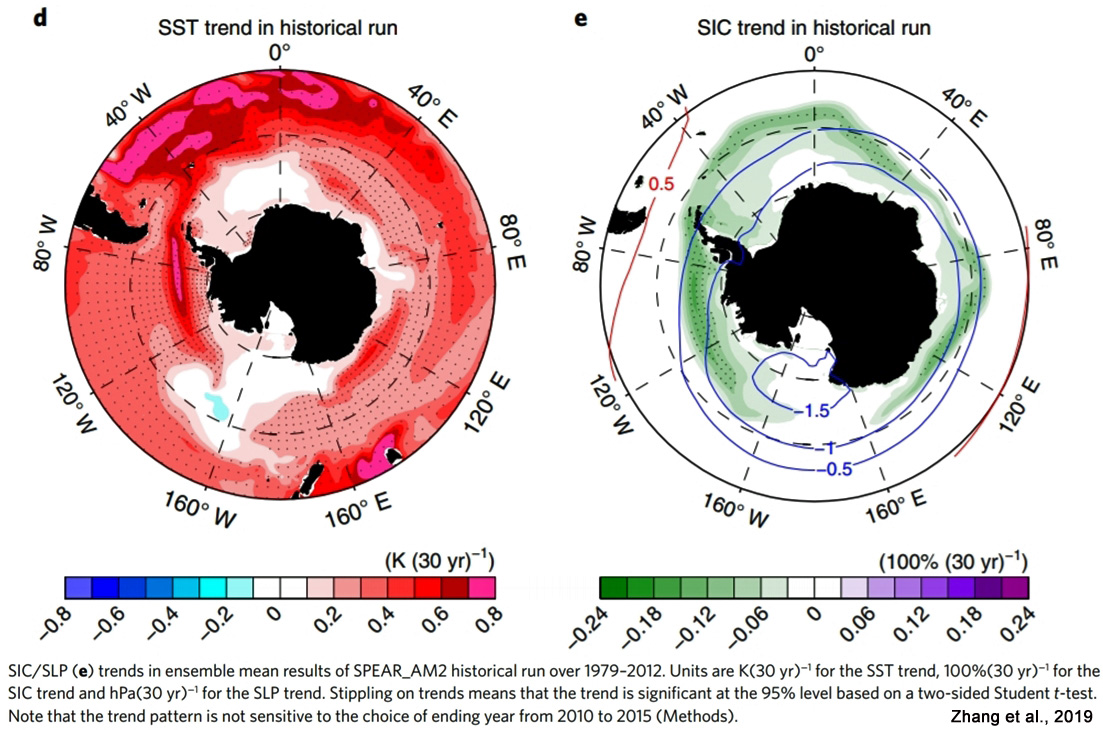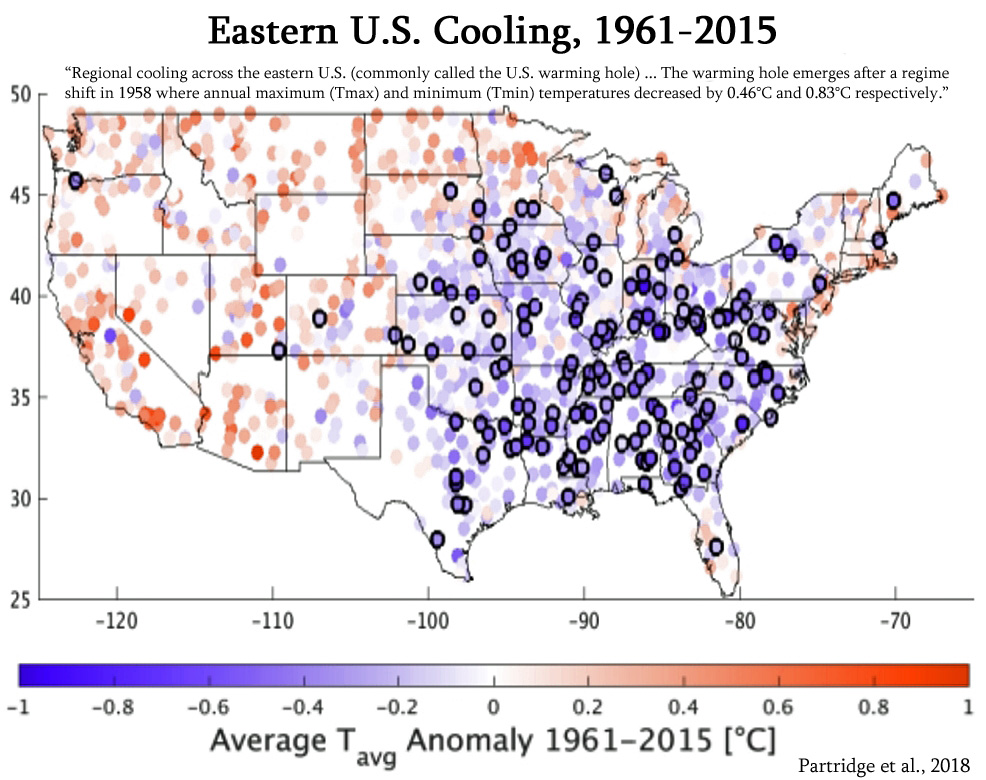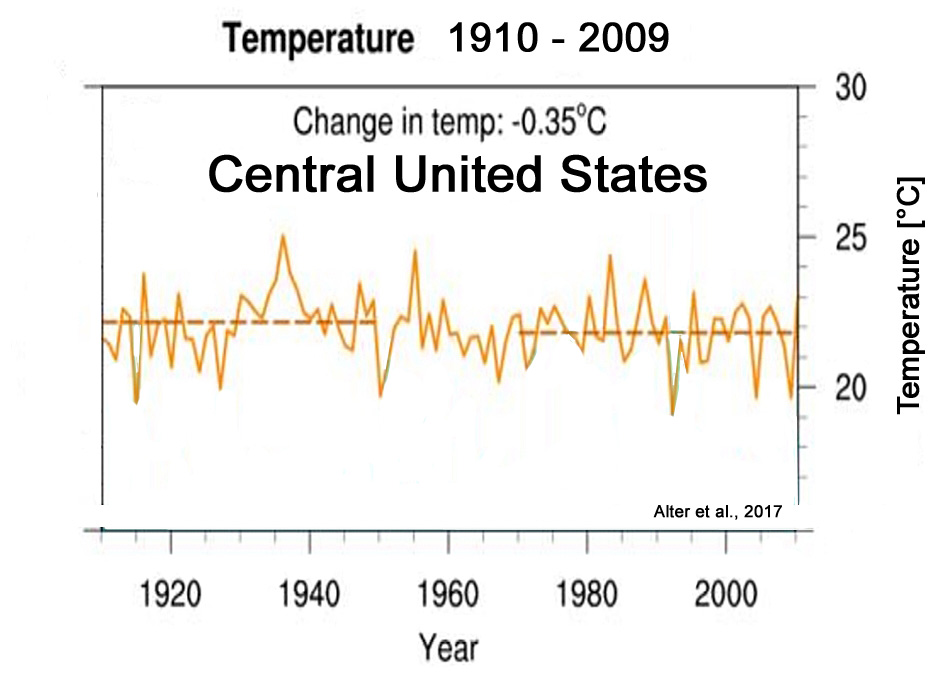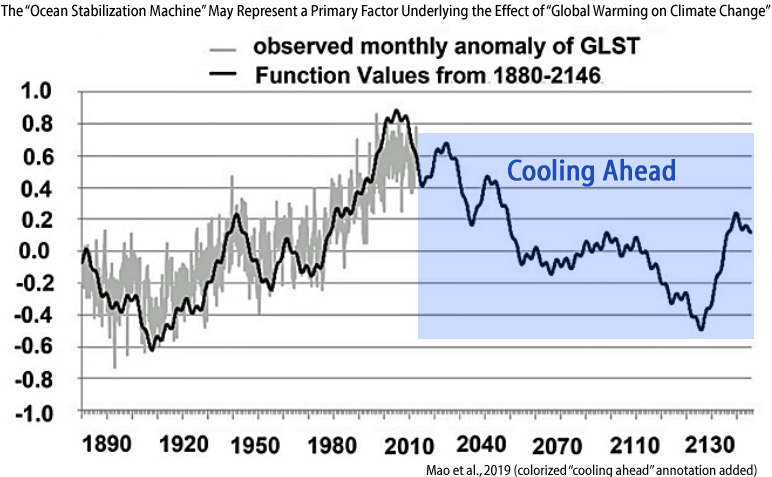ADVANCES IN ATMOSPHERIC SCIENCES, VOL. 36, MARCH 2019, 249–252
2018 Continues Record Global Ocean Warming
Lijing CHENG∗1, Jiang ZHU1, John ABRAHAM2, Kevin E. TRENBERTH3, John T. FASULLO3, Bin ZHANG4,5, Fujiang YU6, Liying WAN6, Xingrong CHEN6, and Xiangzhou SONG
Adv. Atmos. Sci., 36(3), 249–252,
https://doi.org/10.1007/s00376-019-8276-x.
The increasing heat-trapping gases emitted by human activities into the atmosphere produce an energy imbalance between incoming solar radiation and outgoing longwave radiation that leads to global heating (Rhein et al., 2013; Trenberth et al., 2014; von Schuckmann et al., 2016). The vast majority of global warming heat ends up deposited in the world’s oceans, and ocean heat content (OHC) change is one of the best—if not the best—metric for climate change (Cheng et al., 2019). In 2018, continued record heat was measured in the Earth’s climate system. In fact, 2018 has set a new record of ocean heating, surpassing 2017, which was the previous warmest year ever recorded (Cheng et al., 2018) (Fig. 1).
Based on the new update of the Institute of Atmospheric Physics (IAP) ocean analysis (see “Data and methods” section), the total ocean heat anomaly in 2018, relative to a 1981–2010 baseline, and for the upper 2000 m of the world’s oceans, is (19.67 ± 0.83) × 1022 J. This level of thermal energy places 2018 as the hottest year ever recorded. Figure 1 shows the progression of upper 2000 m OHC since the late 1950s. The ranking of the five warmest years (Table 1) makes the past five years the warmest years on record. This supports the provisional announcement by the World Meteorological Organization in November 2018 that “the ocean heat content was the highest or 2nd highest on record”. And the new record in 2018 confirms the perspective (Cheng et al., 2019) that ocean warming continues and has been accelerating since the 1990s (compared with 1960 to the 1980s).
http://link.springer.com/content/pdf/10.1007/s00376-019-8276-x.pdf
 Temperature[/FONT]
Temperature[/FONT] Temperature[/FONT]
Temperature[/FONT]



